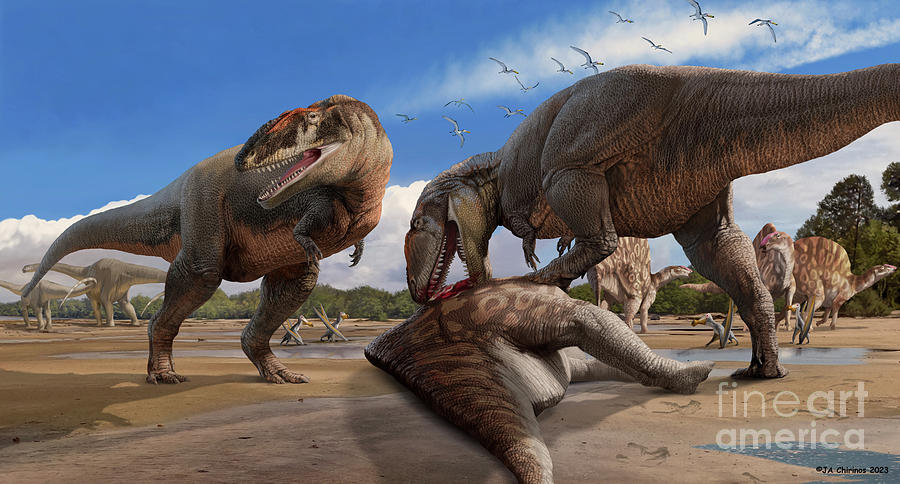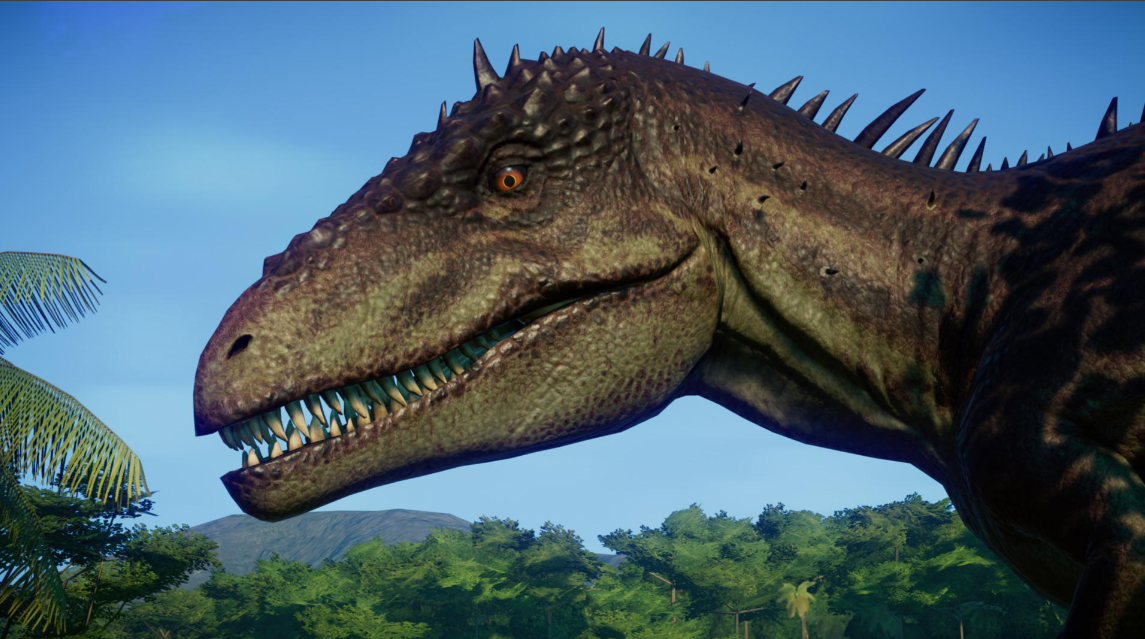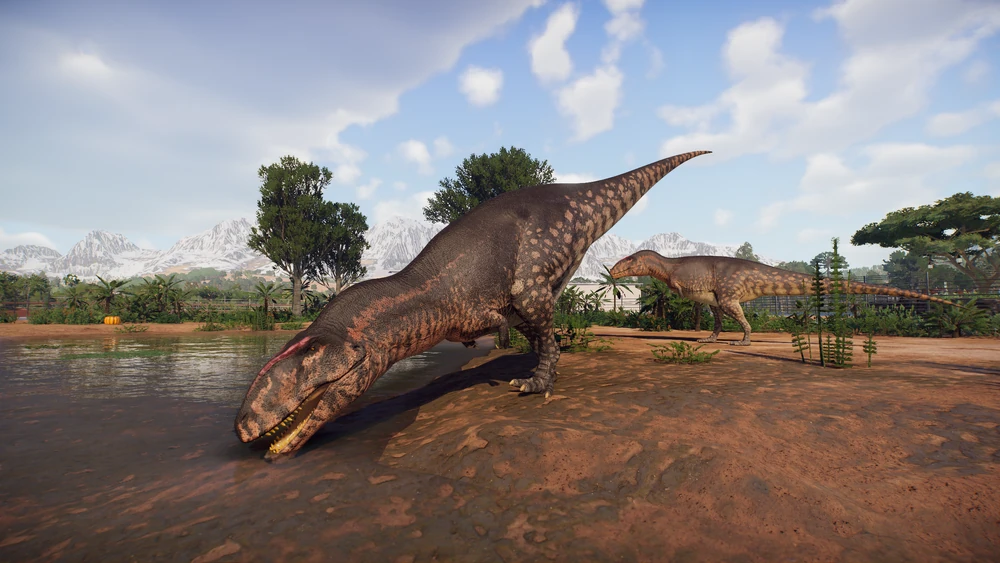Carcharodontosaurus
Car-kah-roe-don-to sore-us
Name meaning: Shark tooth lizard
Time Period: Albian to Cenomanian (Late Cretaceous) 100-94 Mya
Locations: Morocco/Algeria/Tunisia/Niger
Taxonomy: Theropoda-Carcharodontosauridae
Subspecies: C. saharicus C. iguidensis
Characteristics ~ ~ ~ ~
The head of the Carcharodontosauridae family, its long, goofy name means Sharp tooth lizard. It is often misinterpreted as the shark tooth lizard as the Great white shark's genus name translates to “Carcharodon carcharis” Carcharodon being sharp-toothed and sharp sounds like shark. It was massive, with most estimates placing it at 39 to 41 feet long and 6 metric tons, placing it as the 5th largest terrestrial carnivore ever. It had 62 massive 4.25-inch teeth that like sharks were frequently lost and replaced, with many serrations causing their prey to bleed out quickly if not killed by its 11,000 to 25000 newton bites. It had short 3-digit arms and a short neck, counterbalanced by a long tail. Carcharodontosaurus was the apex predator of the lush tropical ecosystems across Northern Africa called the River of Giants known for its ;large carnivores and sauropods and drastically high concentration of carnivore fossils that outnumber herbivore fossils. In it’s environment Carcharodontosaurus would have hunted sauropods like Rebbachisaurus, Paralititan and Aegyptosaurus. While other herbivores of the environment are still unknown but evidence of a ankylosaur species from scutes and footprints of an Ornithopod likely a relative of Ouranosaurus Also existed in the area. While also competing with other deadly predators like Spinosaurus Deltadromeus and Rugops. When around the everpresent water of the formation Juveniles were at risk of predation from Giant fish such as Mawsonia, Onchopristis, Bawitius, and Aidachar. Sharks like Asteracanthus and Cretalamna as well as crocodyliforms like Kaprosuchus Antaeusuchus, Aegisuchus, and Laganosuchus. Carcharadontosaurus would go extinct in Cenomanian Turonian Boundary event where underwater volcanic activity would increase the levels of carbon in the water and cause sea levels to rise in Carcharodontosaurus habits flooding it and it’s prey



History & Fossils ~ ~ ~ ~
it’s teeth were found in French Algeria in 1924 and given the species name Saharicus under the name Megalosaurus, then 2 years later Dryptosaurus. Later a specimen IPHG 1922 containing a maxila, fibula, and partial tibia was described as Carcharodontosaurus by Ernst Stromer in 1931, although that skeleton was destroyed in WW2 bombing, just like his good pal Spinosaurus in 1944. However from the remaining photographs and casts of that specimen it would be noticed that it was not a Carcharodontosaurus but rather a new species Tameryraptor Markgrafi In 2007 a new subspecies of Carcharodontosaurus was discovered in the iguigi formation of niger it’s 33 feet long and known from a maxilla, this specimen is rather different from Carcharodontosaurus Saharicus and may soon be a new species dinosaur

Media Deptictions ~ ~ ~ ~
Jurassic World Evolution: Added in the Late Cretaceous Species Pack. Looking at the Carcharodontosaurus model leaves me in a perpetual state of disappointment. Its face and body are far too elongated and it has iguana spikes along its back and one jarring spike atop the head that looks like a dumb unicorn horn. The roar does take sound design from the Jurassic Park Operation Genesis Carcharodontosaurus.


Prehistoric Kingdom: C. Saharicus and C.iguidensis are both species in the game as of 2025. Carcharodontosaurus has 3 different skins ___ ____ ____ with the ablaze skin being inspired by Jpogs Carcharodontosaurus

